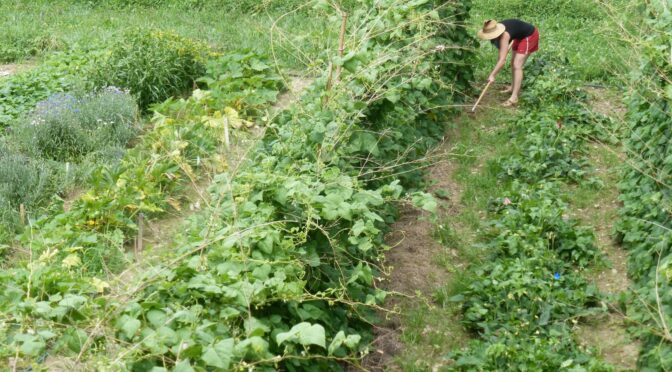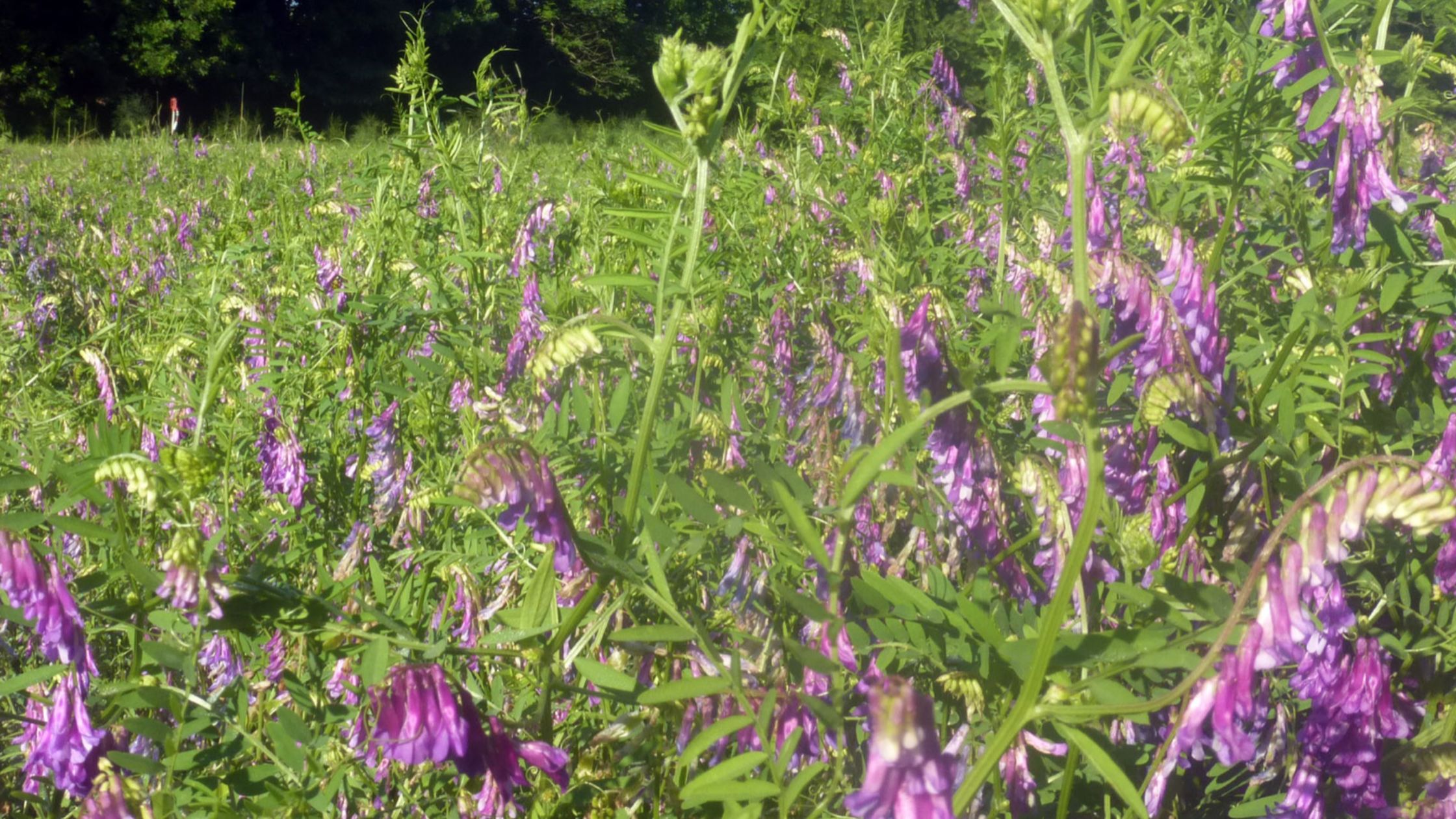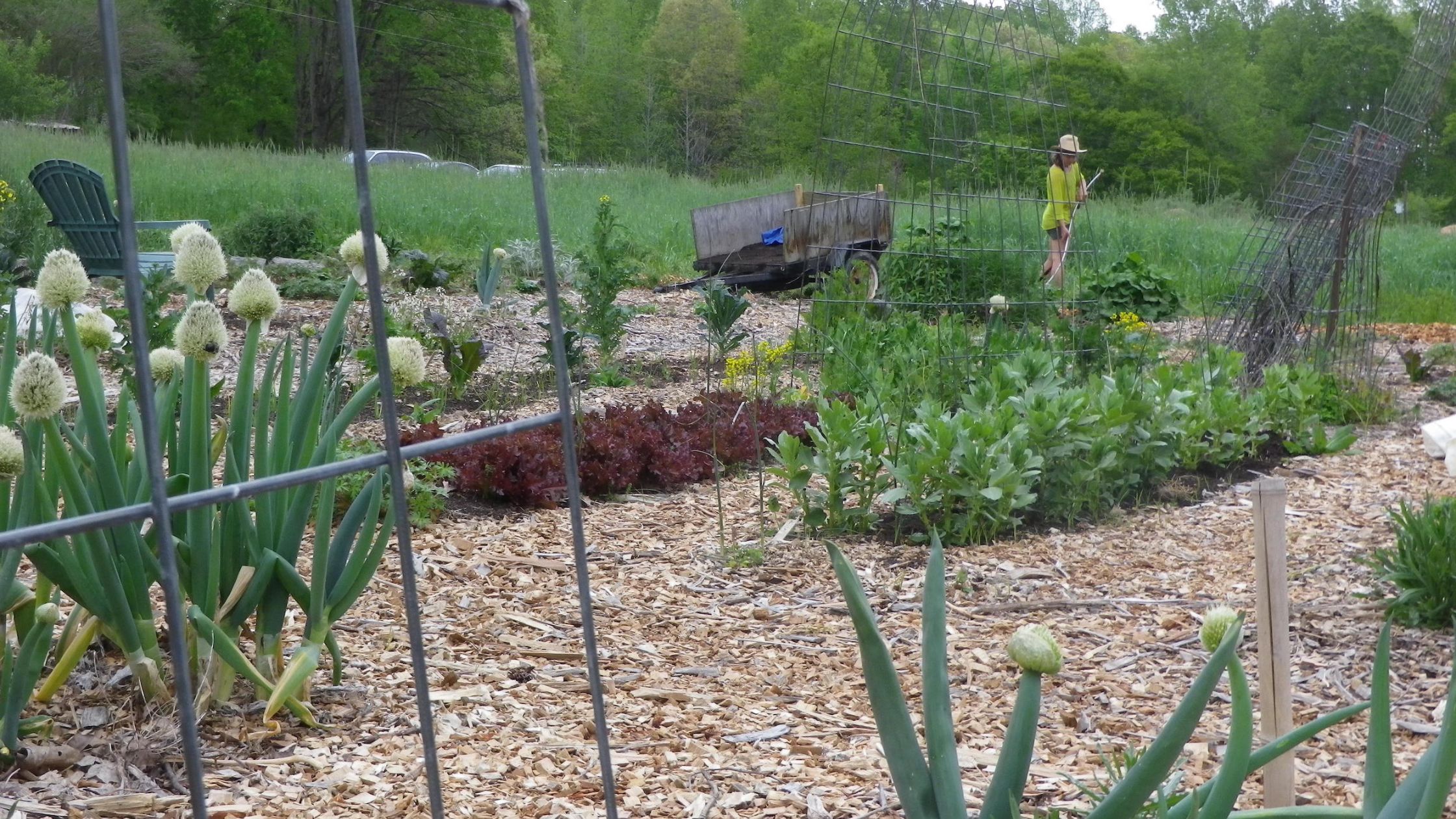Just like humans, plants are susceptible to a number of diseases. It’s an unfortunate part of gardening. Your cucumbers may suffer from Downey mildew, your tomatoes may get verticillium wilt, your potatoes may suffer from late blight, or your corn may get leaf rust. Thankfully, there are ways to strive for healthier plants. Here are some steps you can take this fall to help mitigate plant diseases.
Study Plant Diseases
Try to identify the specific plant disease infecting your plants. Once you’ve identified a particular disease, you can find information about the transmission (how it infects your plants), different host plants, and what type of environment it requires to thrive. This information will help you control it.
For example, you may have had a few tomatoes infected with Fusarium Wilt this year. Fusarium Wilt typically enters the plant through the roots, often in areas damaged by nematodes. Unlike many fungal diseases, it doesn’t spread by the wind. It’s typically brought in on infected soil or equipment. It thrives in acidic soil and will infect tomatoes, eggplants, peppers, pigweed, mallow, and crabgrass. Knowing this, you can take steps to mitigate the issue. Keep that bed free of these plants for a couple of years, amend your soil with lime, and sanitize all equipment.
Clear Away Diseased Plant Material
Many of us strive to have natural systems in our gardens, and what seems more natural than just letting plant material decompose right in the bed? While this is sometimes fine, if the material is diseased or your garden is prone to diseases of that crop, you should remove the plants.
Diseased plant material can be burned, buried away from the garden, or composted in a well-managed compost pile. Compost piles must reach a temperature of at least 140 degrees F to kill fungal diseases!
Sow Cover Crops
Tillage radishes are an excellent choice for fall and winter kill in areas where temperatures reach below 20°F. They also have biofumigant properties, ideal for suppressing diseases and pests. They also improve soil structure, creating spaces that allow air and water to enter and a great for breaking up hard pans.
Other fall cover crops like Austrian winter peas and winter rye are also great for building healthy soil by adding nitrogen, nutrients, and organic matter.
Write Down Where You Planted Crops
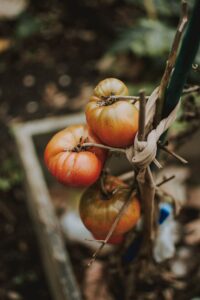 Crop rotation is key to disease prevention in every garden. No matter what size your garden is, come next spring, it can be tough to remember exactly where you planted what the previous season. While many don’t have the time or desire to create a comprehensive garden journal, you should at least sketch out your 2022 crop layout before you forget it this fall. That way, there’ll be no doubt in your mind next spring that you’re planting your tomatoes in a bed that didn’t previously have nightshades.
Crop rotation is key to disease prevention in every garden. No matter what size your garden is, come next spring, it can be tough to remember exactly where you planted what the previous season. While many don’t have the time or desire to create a comprehensive garden journal, you should at least sketch out your 2022 crop layout before you forget it this fall. That way, there’ll be no doubt in your mind next spring that you’re planting your tomatoes in a bed that didn’t previously have nightshades.
Alternatively, there are many gardening planners and apps available. Check out the Southern Exposure Garden Planner to quickly create layouts for your records and plan for next season.
Start Building Healthy Soil
It’s a good idea to have your soil tested in the fall and work to improve it over the fall and winter. Begin a compost pile and add compost to your garden. Compost adds nutrients and helps improve the soil structure leading to healthy root systems. Plants are far less susceptible to disease when grown in healthy, well-balanced soil.
Research Disease Resistant Varieties
Even among open-pollinated varieties, there are many disease-resistant cultivars available. They’re worth looking into if you struggle with a specific disease each year.
On the Southern Exposure website and catalogs, you’ll find some crops like tomatoes and cucumbers are marked with acronyms in brackets after their name. These acronyms stand for known disease or pest tolerance and are listed in our keys to disease and pest tolerance. For example, a variety marked with “an” has resistance to Anthracnose.
Many other seed companies use the same system, though the acronyms may vary slightly. You can also find lists of disease-resistant varieties through your local extension agency or a quick internet search.
Sanitize Your Equipment
Especially when dealing with a highly infectious disease or pruning and handling diseased plants, be sure to sanitize equipment. Sanitize small tools like pruning shears, garden knives, and trowels with alcohol. You can also use a bleach solution to wash larger tools and work surfaces.
While having a perfect garden is impossible, we can strive to minimize and even mitigate plant diseases. Taking these steps this fall will help you create a healthy garden and have a more productive 2023!

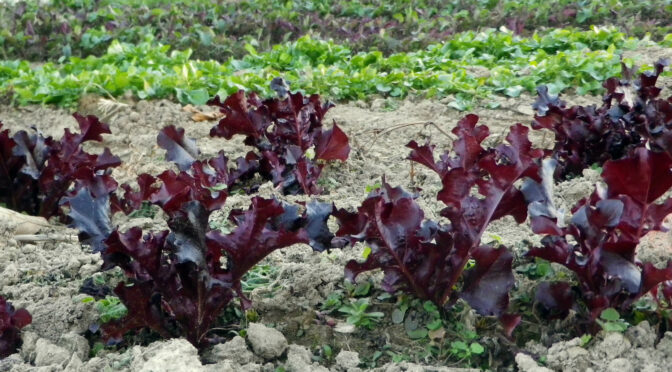
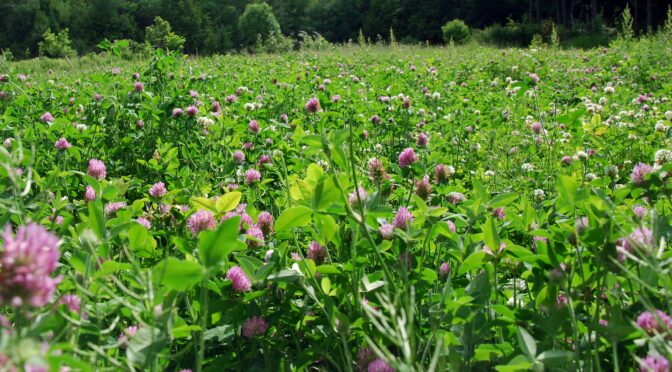
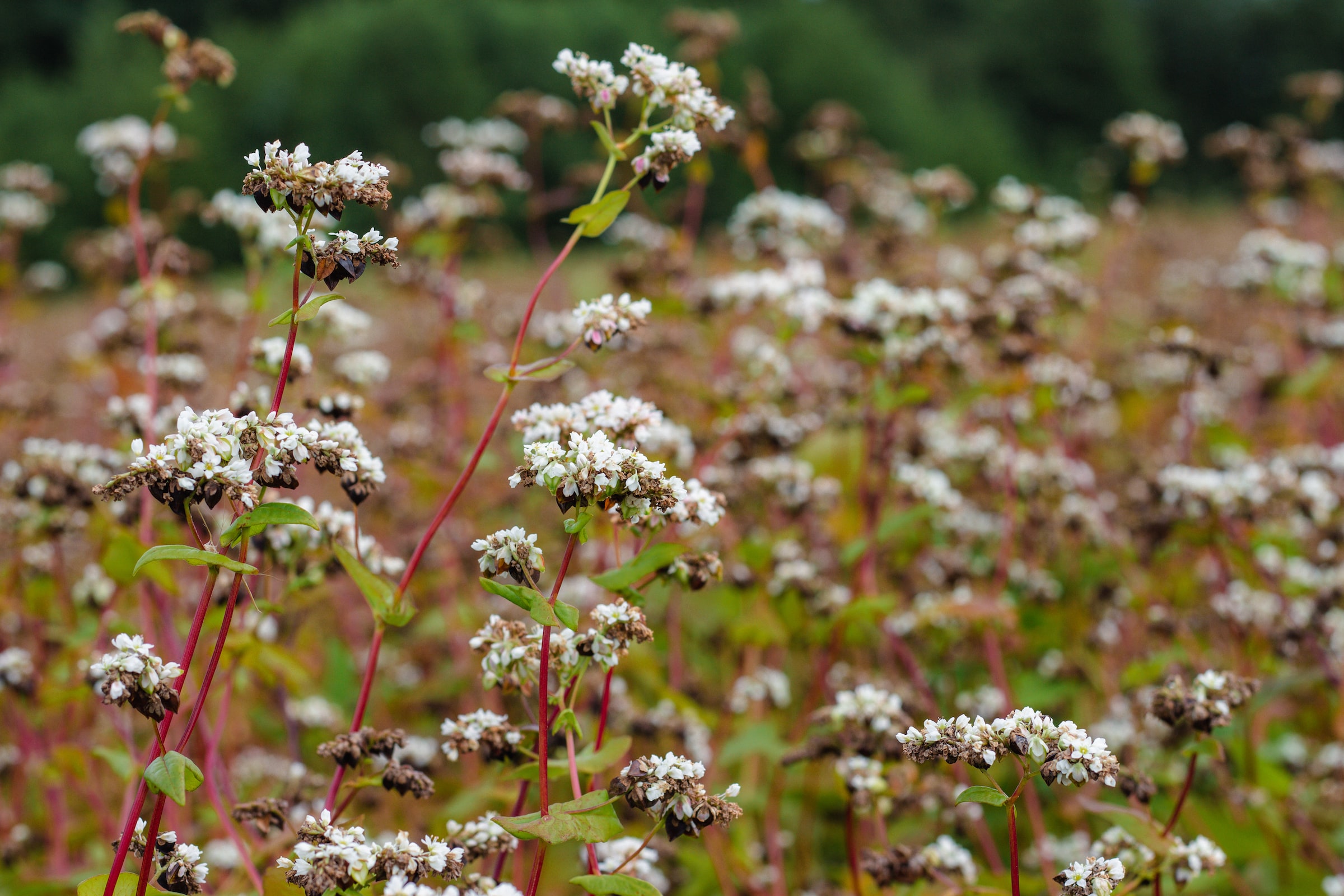 Grasses & Mulchers
Grasses & Mulchers